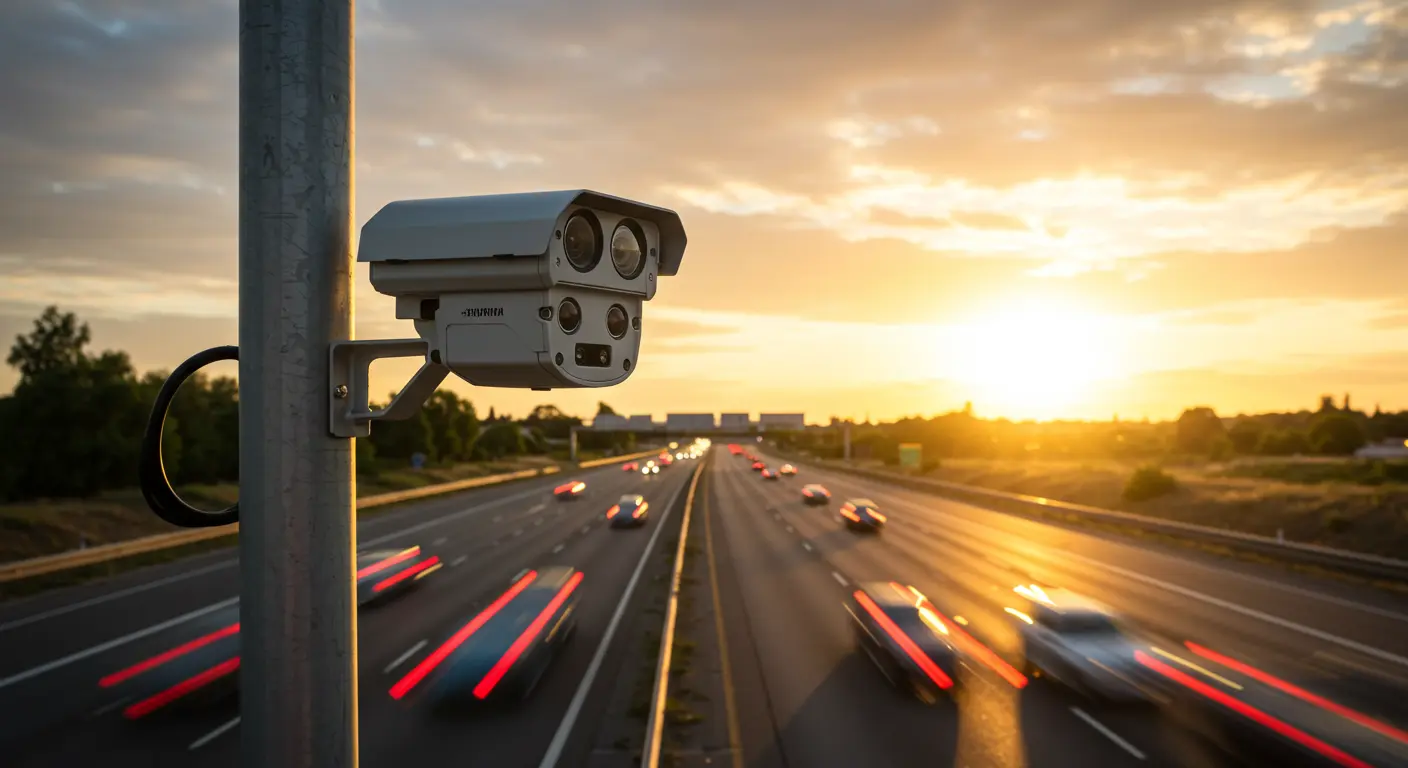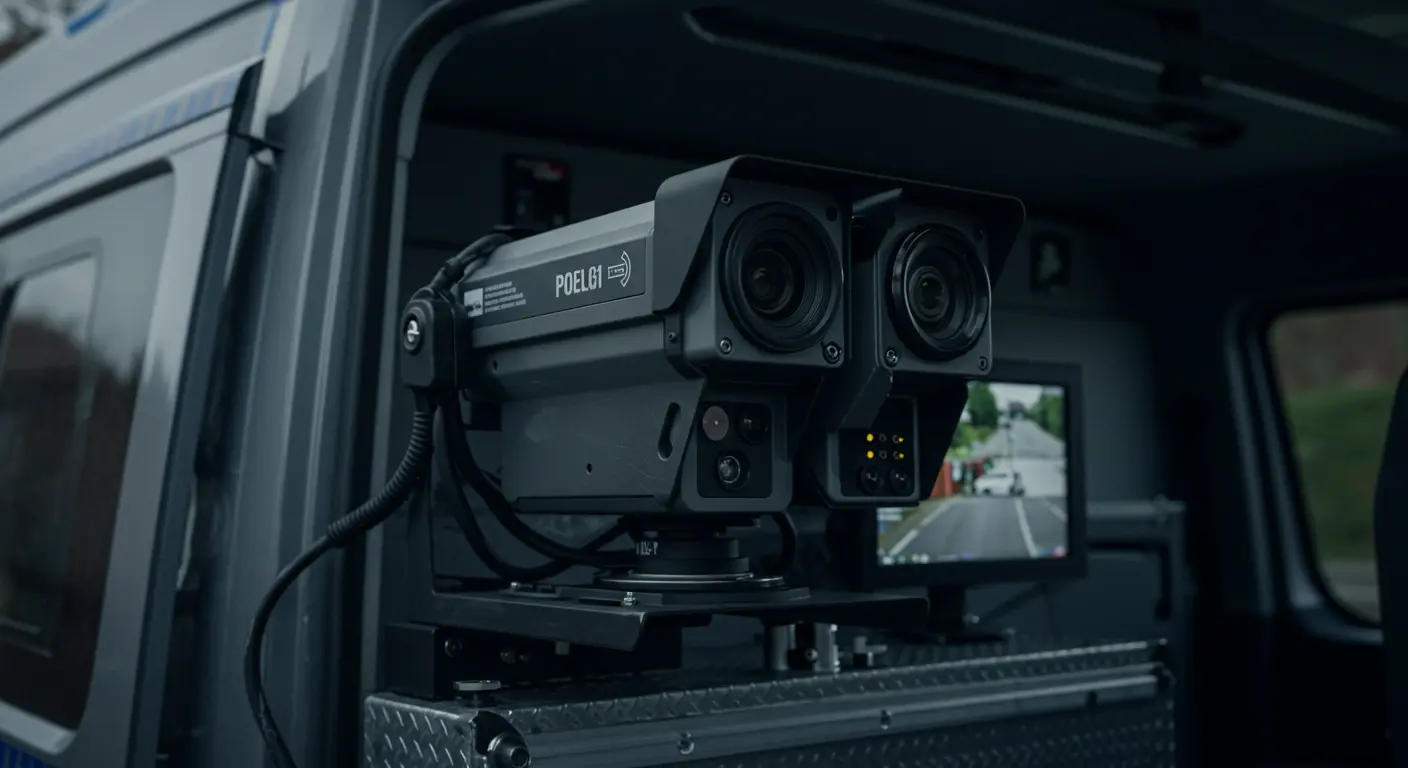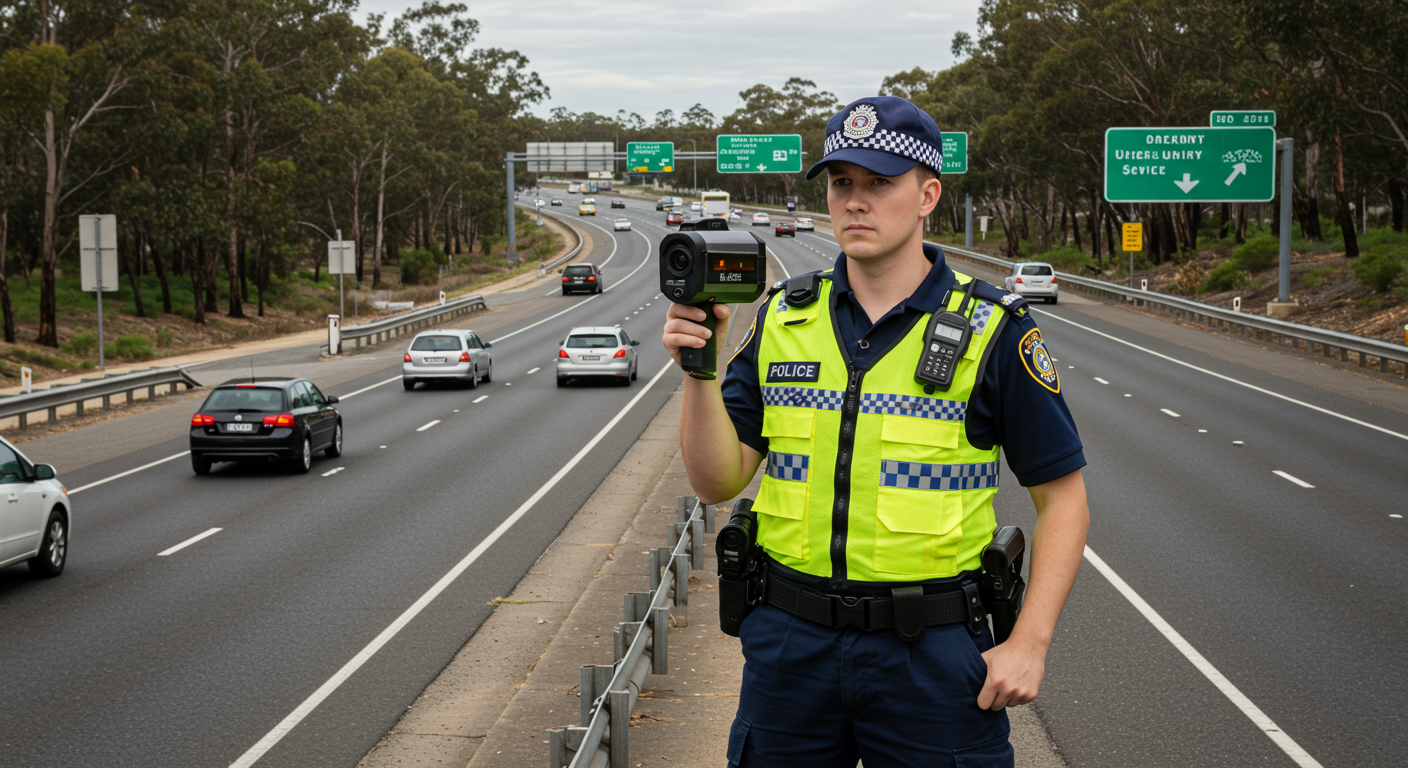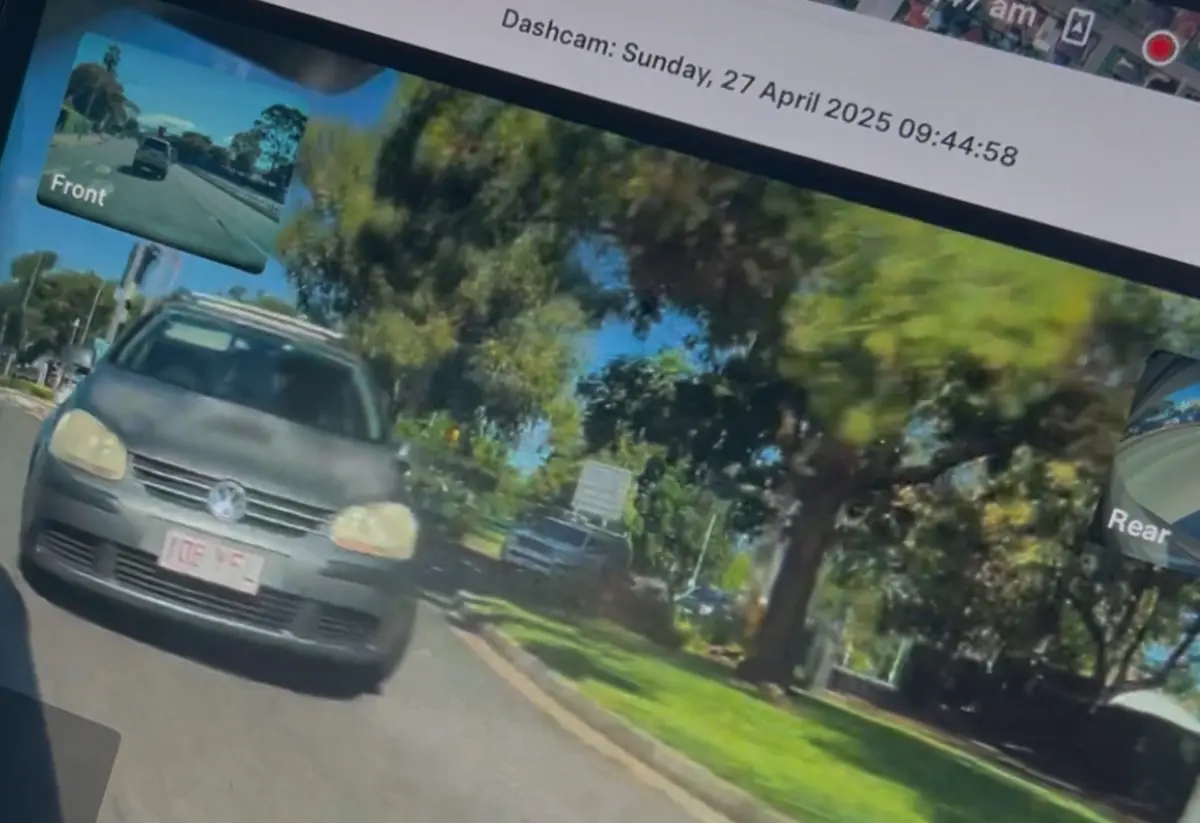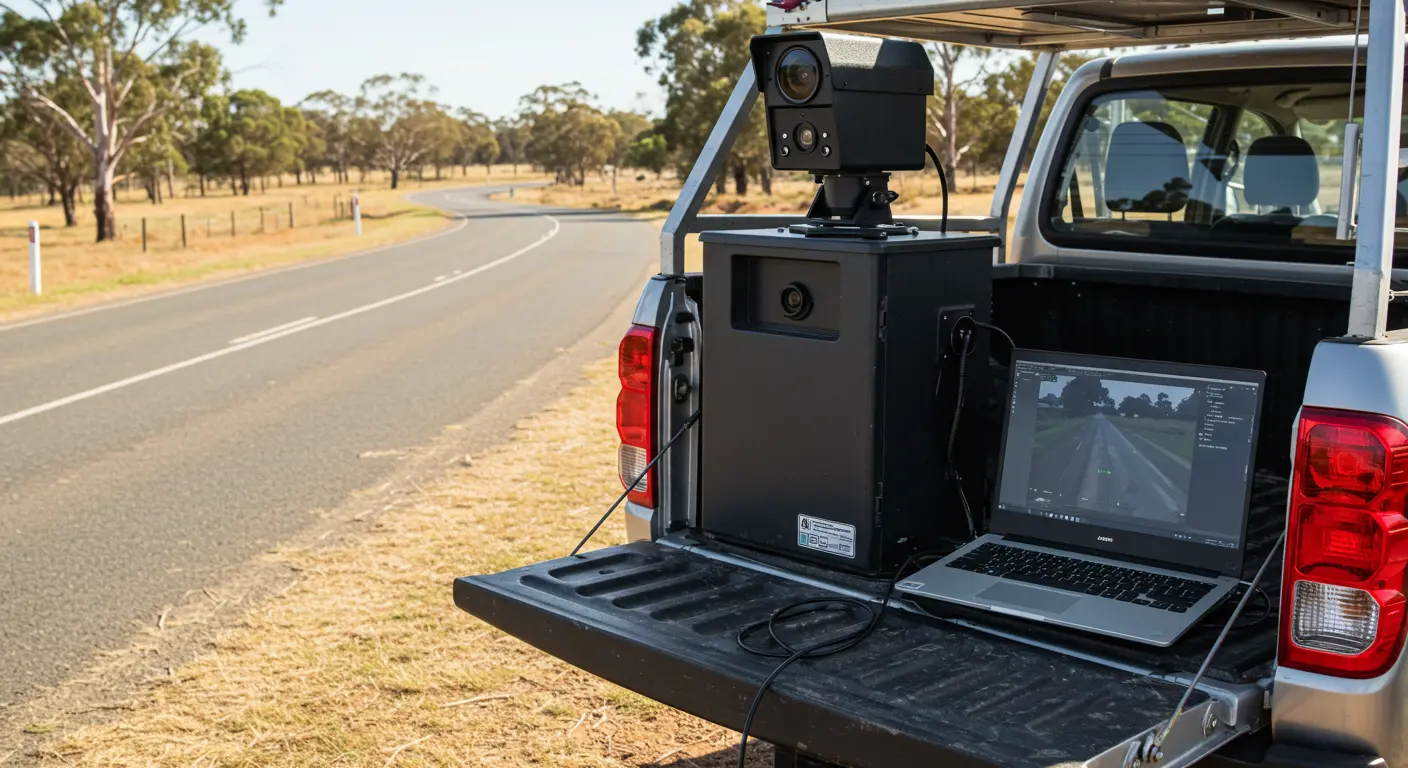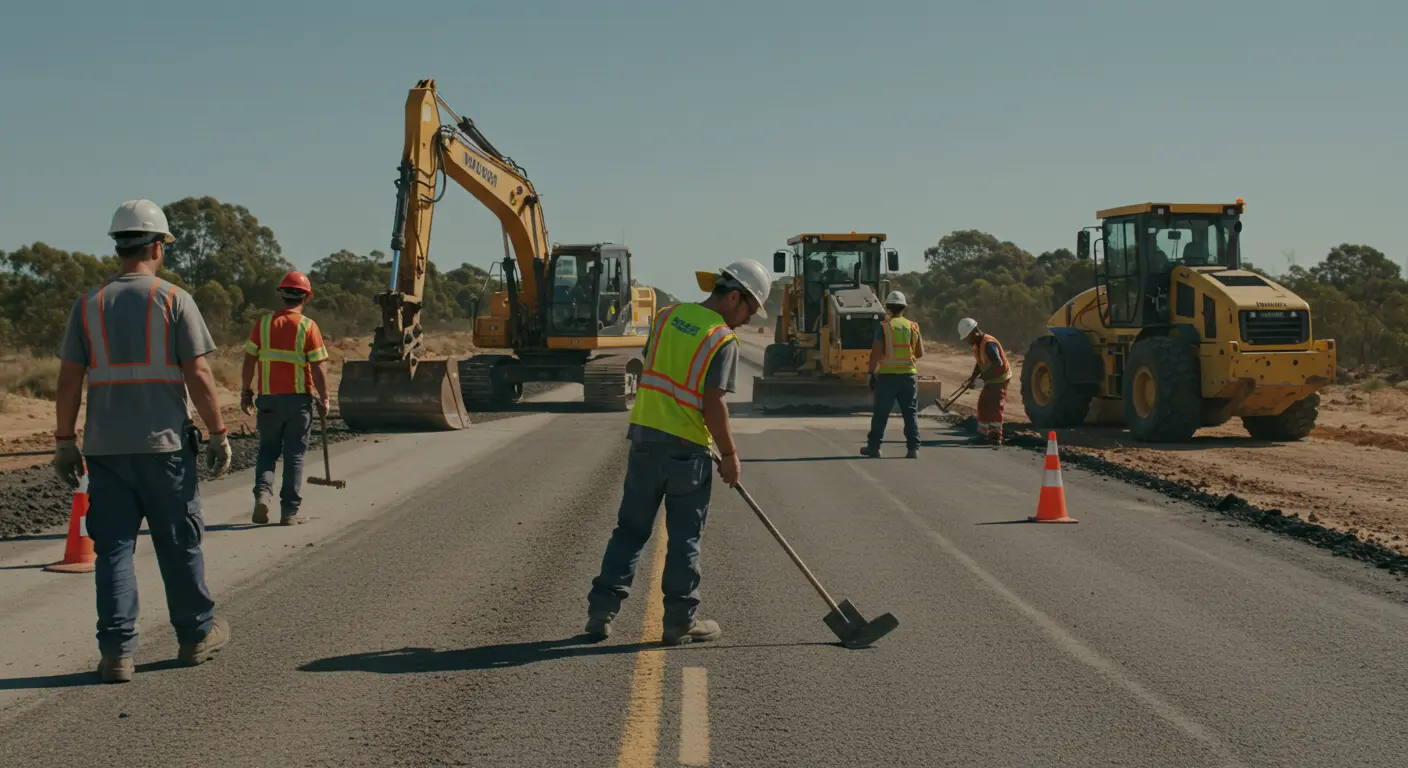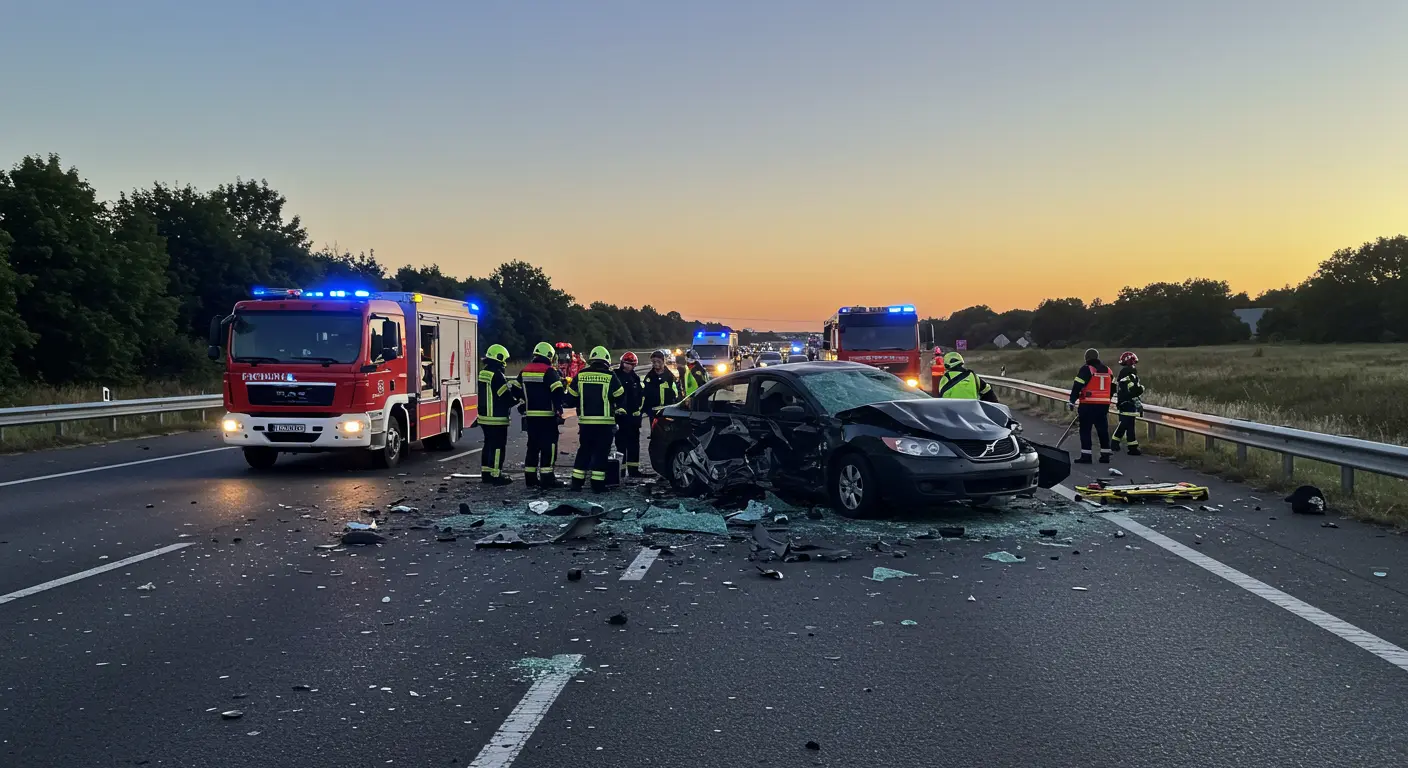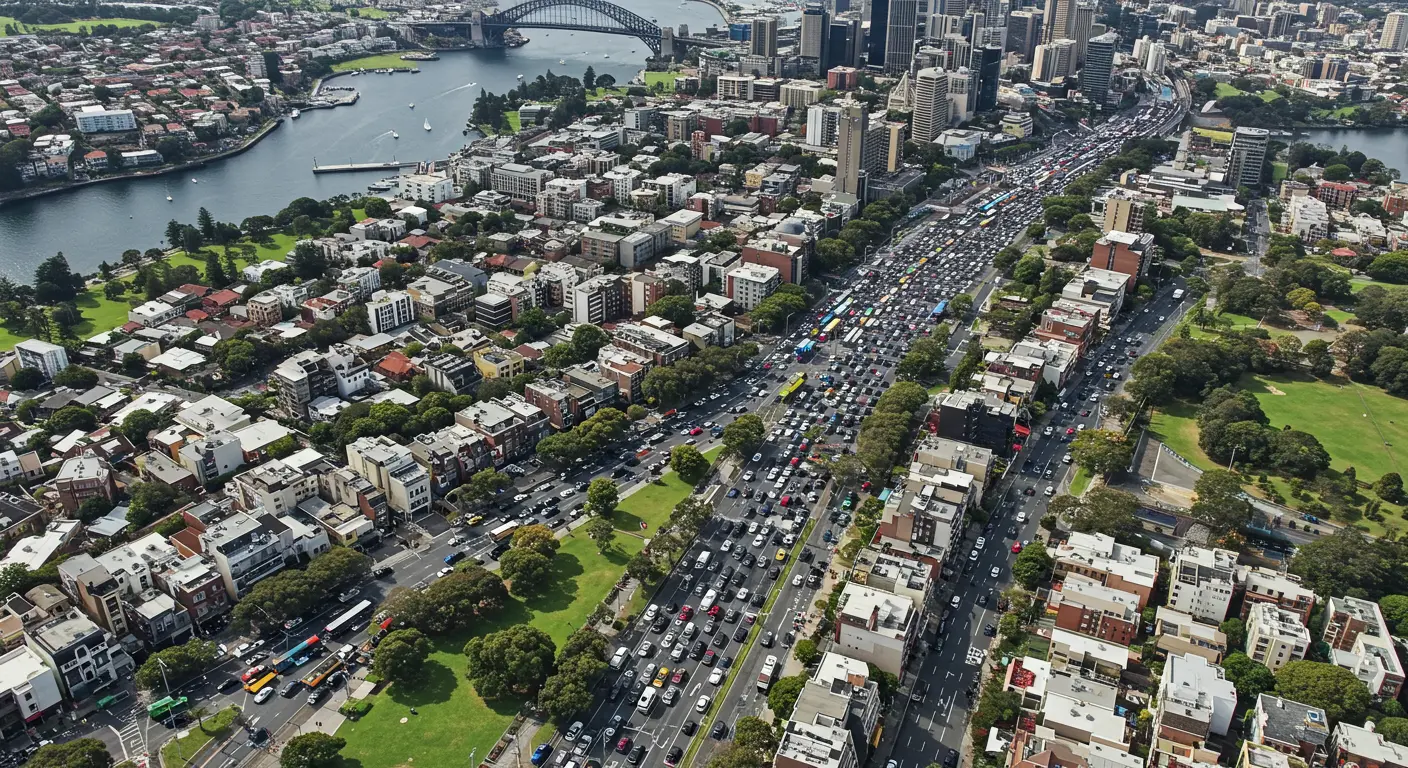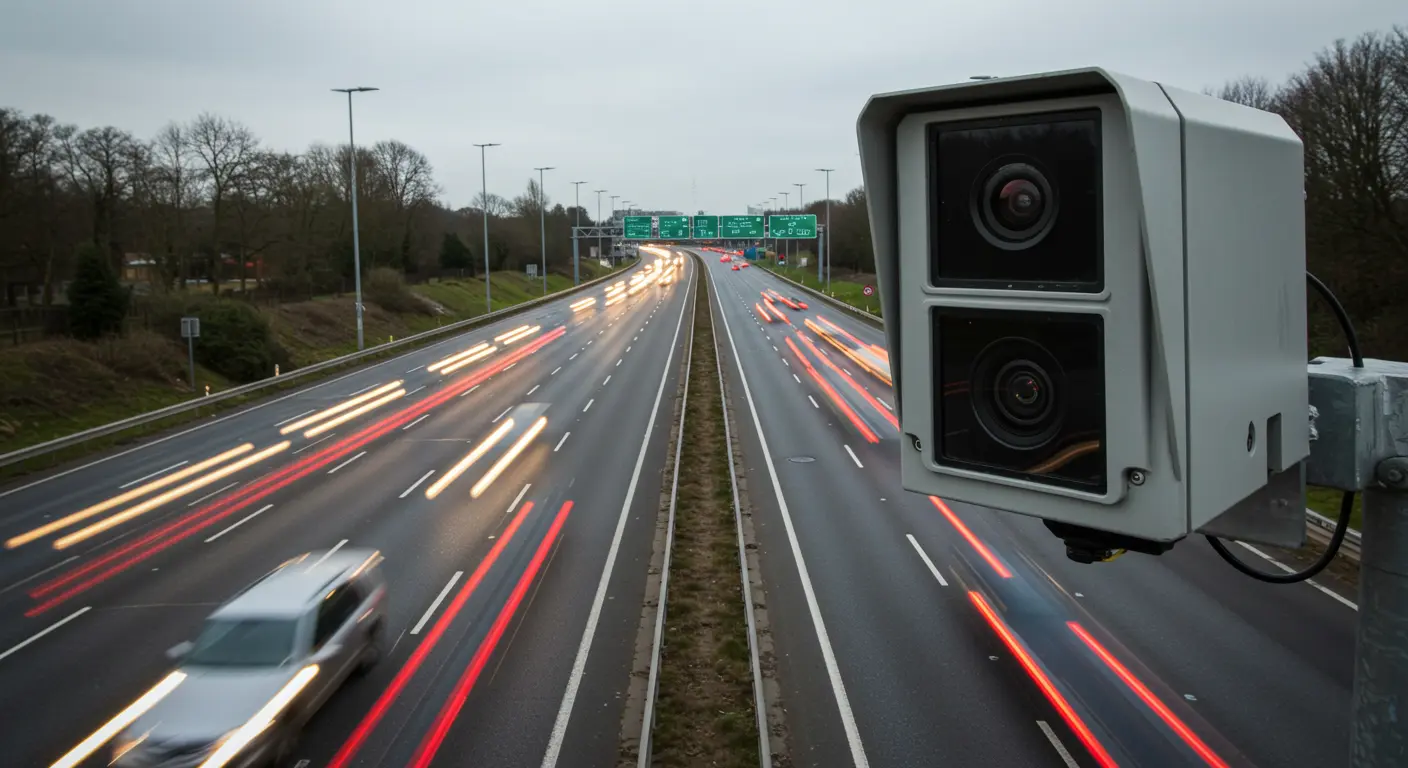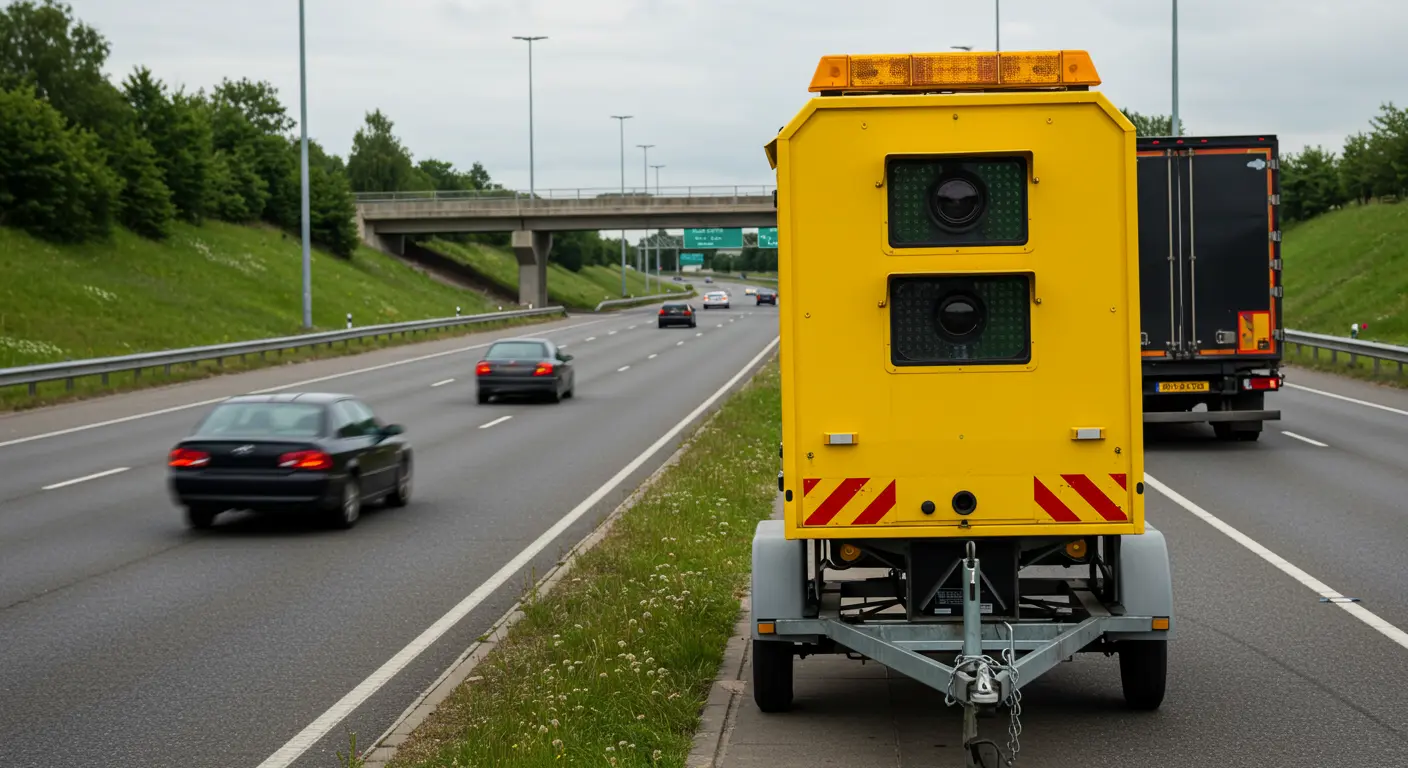Australia has recorded its highest annual road toll since 2012, with 1300 people tragically losing their lives on the roads in 2024. This marks the fourth consecutive year of rising fatalities — a trend not seen since 1966, before seatbelts became mandatory in new cars.

The alarming figures come despite a record number of speed cameras being installed across the country and millions of dollars in speeding fines being issued.
More Cameras, But More Deaths
Speed cameras were introduced in Australia to improve road safety. However, despite an increasing number of both fixed and mobile cameras, fatalities have continued to rise.
Key data highlights from 2024:
- 483 vulnerable road users (pedestrians, cyclists, motorcyclists) died, up 9.3%.
- Motorcyclist fatalities rose by 10.3%.
- 28.5% of deaths occurred in 100km/h zones.
- Single-vehicle crashes made up 60% of fatal accidents.
- Road deaths per 100,000 people increased from 4.7 to 4.8.
Heavy Reliance on Speed Camera Revenue
State governments are increasingly reliant on the revenue generated by speed cameras:
- NSW collected over $201 million in speed camera fines in 2021.
- Queensland's Camera Detected Offence Program (CDOP) brought in $464.3 million last financial year.
- Speeding less than 11km/h over the limit in Queensland now costs $322.
Australia ranks 14th globally for the number of speed cameras, with tight enforcement tolerances often as low as 2km/h over the limit.

Are Speed Cameras Effective?
Despite tougher enforcement, experts argue that cameras alone are not enough to improve road safety.
Michael Bradley, Managing Director of the Australian Automobile Association (AAA), stated:
"It is clear current road safety approaches are inadequate and that more action is required to save lives."
The AAA advocates for better use of crash data and road condition assessments, suggesting road funding should prioritize Australia's most dangerous roads based on programs like the Australian Road Assessment Program (AusRAP).
The Push for Average Speed Cameras
NSW is set to expand the use of average speed cameras to light vehicles starting mid-2025, with trials on the Hume and Pacific Highways.
After a 60-day warning period, full enforcement — including fines, demerit points, and license suspensions — will begin. Authorities claim that average speed cameras reward consistent driving behavior rather than sudden braking for fixed cameras.
The Road Ahead
Speeding remains a major cause of fatalities, contributing to about 41% of deaths in NSW over the past decade. However, simply adding more cameras has not reversed the trend.
Experts warn that without broader strategies addressing road design, bad driving behavior, and better infrastructure, Australia risks continuing to see rising fatalities despite increasing penalties.




